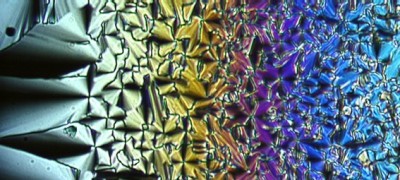The interaction of light with matter is a fundamental and long-standing scientific interest and is the basis of photonics. This interaction can be enhanced by using photonic structures that resonate, such as optical cavities comprising two mirrors between which is placed a light absorbing or emitting material. This is the basis of the laser and, at sub-wavelength thickness, the cavity polariton. Organic semiconductors and dyes are particularly interesting as the coupling of their excitons with the cavity resonant modes is very strong, even at room temperature, leading to unusually large spectral changes for the coupled modes and enhanced effects. The same organic materials also exhibit strong nonlinear optical effects, so that their optical properties respond very strongly to intense laser radiation. This project is aimed at studying nonlinear optical effects in the context of cavity polaritons. The strong photon-exciton interaction will lead to enhancements and changes in temporal response, and providing the possibility of dynamically tuning the linear and nonlinear optical dispersion. The issues addressed in this project have potential applications in photonic information processing and communication, and in dynamic holographic displays. The graduate and undergraduate students involved in this project are involved in mentoring and outreach programs for students from underrepresented groups in the inner cities in northeast Ohio enabled by ongoing successful outreach programs.
Research Links

